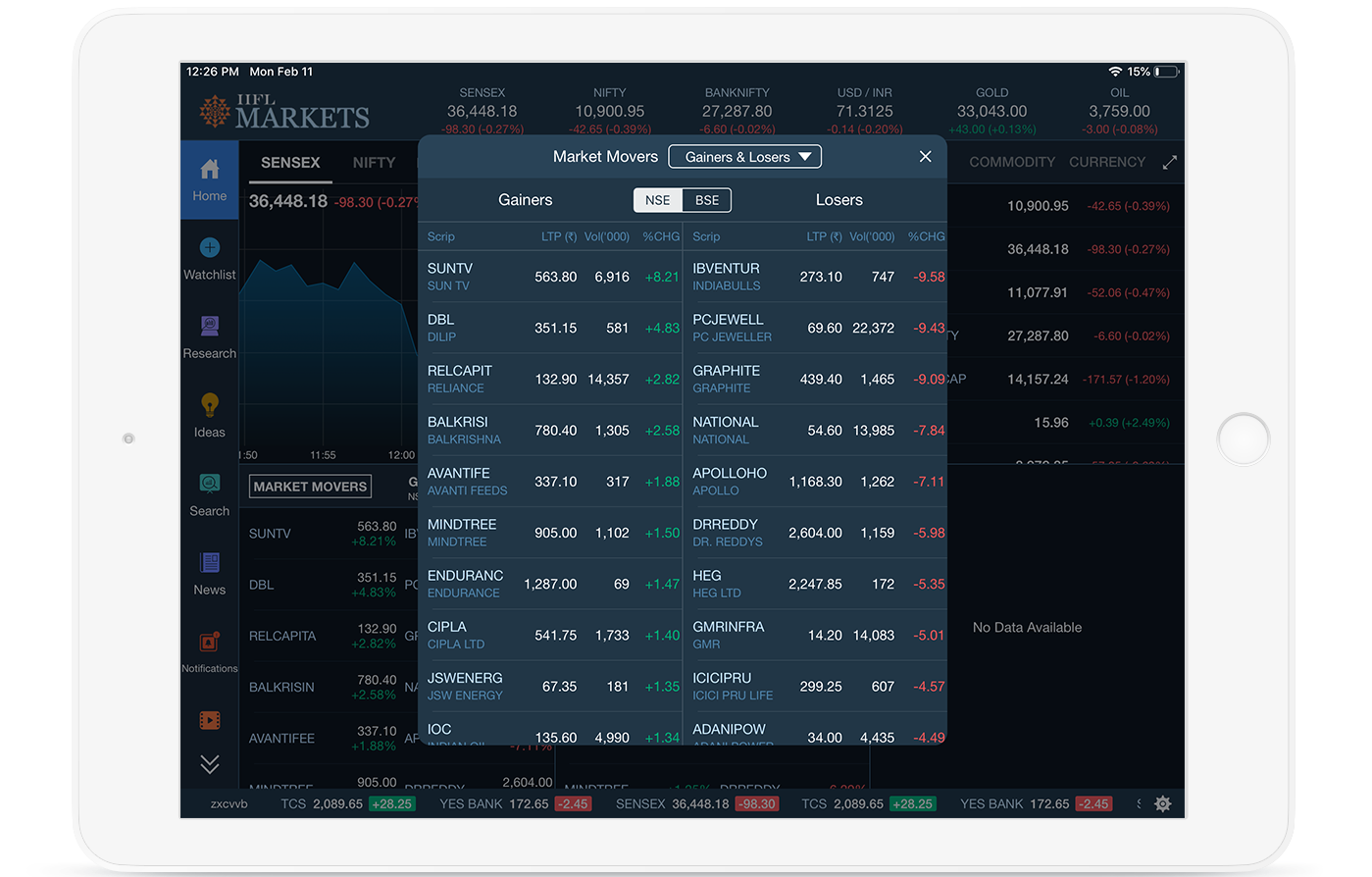10G Ethernet Copper Cabling: Advantages, Application, Problems

10G Ethernet Copper Cabling Standard
With the demand for high bandwidth technology, 10G Ethernet technology has become the focus of the industry. The network technical standard and wiring standard of 10 Gigabit Ethernet are carried out simultaneously. IEEE is responsible for formulating the technical standard of the physical layer of 10 Gigabit Ethernet networks, and TIA and ISO are responsible for formulating the technical standard of 10 Gigabit Ethernet wiring copper cabling in North America and internationally.
The published IEEE 802.3ae standard is formulated for optical fiber transmission media and supports 10 Gbps transmission rates of various optical fiber types. 10G Ethernet optical fiber wiring specified in IEEE 802.3ae standard, such as 50/125μ The transmission requirements of laser-optimized multimode fiber are in TIA/EIA 568B.3.1 and ISO/IEC 11801:20022nd Ed Requirements for 300m transmission distance 500MHz·km mode bandwidth 1300nm.
In order to meet the demand of 10G Ethernet and solve the embarrassment of the high cost of 10 Gigabit optical Ethernet, 10 Gigabit Ethernet copper cable solutions and relevant standards are carried out in an orderly manner. The newly issued IEEE 802.3an standard describes the application of 10GBASE-T twisted-pair copper cabling of Cat6/Class E, enhanced Cat6A/Class E and Class F.
Cost Advantage of 10G Copper Cable Over Fiber
As we all know, UTP copper cabling can usually provide a 10GBASE-T channel with a more economical cost than optical fiber. Electronic devices using 10GBASE-T are more complex than those used by 1000BASE-T, but they should be much cheaper than those connected by 10Gbps optical fiber. This cost-saving is particularly attractive for data centers where many servers and converters are connected. Sans connected by copper cable also has advantages in cost. When using new UTP cabling instead of optical fiber for applications with a 10Gbps connection of 100m or less, the total cost of the backbone application system can also be greatly reduced.
Application of 10G UTP Copper Cabling System
The industry generally recognizes that the performance used for servers today will soon appear in desktop applications. Therefore, although 10GBASE-T initially aims at the data center and backbone network, customers with advanced awareness recognize that the advantages of 10Gbps UTP cabling will extend to the desktop.
We believe that upgrading to 10 Gbps connectivity will ensure users’ efficiency and will not be affected while waiting for the transmission of attached files, high-resolution images, and video presentations. In addition, faster connections will significantly improve the quality of real-time sound and video in IP telephony, web conferencing, and distance learning.
Fast connection to the desktop helps to develop new technologies, such as grid computing. This is the latest key technology to connect a large number of standard PCs to make use of their idle processing power to realize advanced computing functions. However, to fully realize the potential of a PC grid in simulation, complex modeling and analysis require very high-speed interconnection between PCs.
What Should be Considered When Deploying 10G Copper Cabling System
Although meeting 10GBASE-T performance requirements is the primary goal for most cabling manufacturers, after the adoption of the standard, the challenge has turned to the actual installation problems of end-users, such as facility safety, channel space, cable management, initial cost, life cycle cost, anti-noise performance, etc, Should be a consideration for every end-user choosing a 10Gbps solution.
Conclusion
With the promulgation of IEEE 802.3an 10GBase-T standard, 10G UTP cabling technology has opened the door of application and is being considered and enabled by more and more enterprises. We believe that the day when 10G UTP cabling becomes the first choice for information construction should not be far away. Whether you are looking for high-quality 10 Gigabit copper devices or 10 Gigabit fiber optics, you will find them at QSFPTEK. You can also find wide-compatible SFP+ transceivers as well as many other network equipment such as DAC, AOC, Mux/Demux, fiber media converters, and more.





